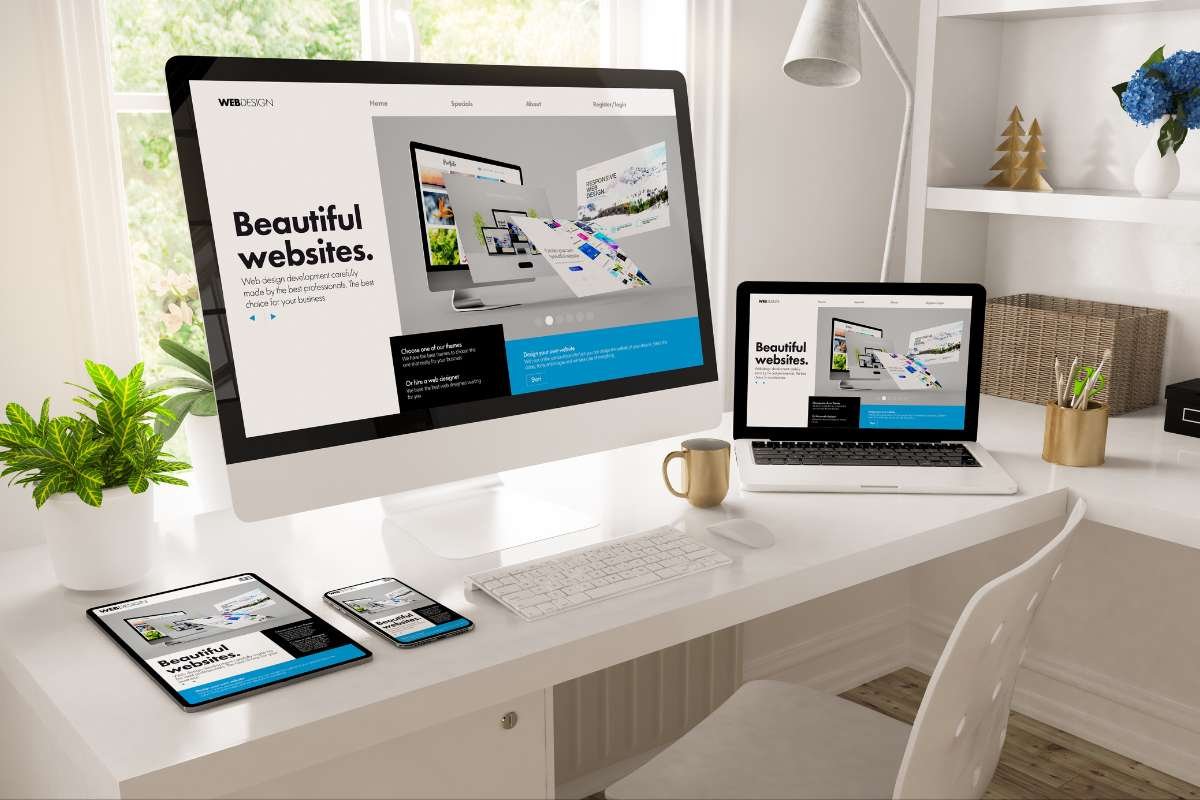By transforming everything from how we make online purchases to the shows we watch on Netflix, AI is quietly redefining how we live. But here’s the real twist: AI integration is not just about efficiency or automating the boring tasks that no one wants to do anymore. In the creative field — a place where imagination is king, context is queen, and originality is currency — generative AI is shaking things up.
Whether you’re an artist, a creative designer, a content creator or part of a team running a slick marketing campaign, AI is opening doors for creativity rather than shutting them down. And it’s not about replacing the human touch, either. It’s all about elevating it so that creatives can take risks and push boundaries even more. So, what does this look like in everyday life?
Let’s explore how generative AI in creative industries is already being utilized and why it’s a good idea to adopt it sooner rather than later.
Here Are a Few Ways:
1. Rapid Character and Visual Concept Creation
If you’re working in animation, game design, or any other visual storytelling field, you know the challenge of coming up with fresh, original, and compelling characters. This is where tools like Adobe Firefly’s AI character generator truly come into their own. Instead of spending all of your time scribbling away rejects or attempting to explain your vision to an artist, you can effortlessly generate new character concepts in minutes. Adobe Firefly’s AI pulls from Adobe’s very own content library, employing countless styles and traits to deliver designs that spark inspiration or fit right into your project.
What works so brilliantly here is the combination of speed and customisation. You don’t just generate random characters. You’re able to tweak and guide the AI with your inputs, creating something that feels tailored rather than generic. It’s like having a second creative partner around 24/7. This sort of tech doesn’t just save time, it can act like an equaliser between small studios or freelancers who get to skip the resource-hungry early stages of concept art.
2. Revolutionising Content Writing and Script Development

Generative AI in creative industries is proving to be an invaluable sidekick for writers and content creators. The usual struggle with writer’s block? Forget about it! AI tools can help writers draft outlines, dialogue, bylines, or even offer ideas on how to keep the narrative flowing smoothly. Think of it as a brainstorming buddy, a second voice for new ideas or surprising angles that never would have occurred to you otherwise.
More importantly, AI allows creators to test different tones, styles, or plot directions in literal seconds rather than hours. This fast prototyping of ideas helps with scriptwriting, marketing copy, and even social media posts, all without the burnout. But always keep in mind: AI copy ought to be used as inspiration. In other words, no complete cut-and-paste. It’s all about giving you a launching pad to build upon your own voice and vision. It’s a great way to unencumber your brain so you can focus on the juicy storytelling meat and potatoes.
3. Elevating Music Production and Sound Design
Generative AI in creative industries is transforming how music is made. Music makers are no strangers to working with tech, but generative AI is giving people access to whole new soundscapes to explore. Whether you’re creating background tracks or exploring new sounds, AI music generators can craft melodies, rhythms or full arrangements for a musician or producer to build on. This means you can quickly test different styles or moods before committing hours to fine-tuning.
This is especially useful for indie artists or budding musicians who may not have access to pricey studios or session musicians. Rather than being restricted by resources, they can draw on AI-created elements to colour their music and build layers they never would have imagined. Plus, it opens the door to playful creativity. You could stumble upon an accidental chord progression or rhythm that sparks new ideas you’ve never thought of. It’s not so much about AI taking over music-making as it is about expanding the creative toolkit available to musicians, both seasoned and new.
4. Personalised Marketing and Brand Storytelling
Generative AI doesn’t simply make new content; it makes it feel personal. For creative industries in particular — especially those tied to consumer engagement like fashion, gaming, or digital art — personalisation is paramount. AI generators can serve up bespoke designs, avatars, or experiences based on a user’s preferences or behaviour, helping brands to build a much stronger relationship between the brand and consumer.
Take gaming, for example. AI might be able to create entirely new characters or stories depending on how the player interacts with the game, meaning it would always feel new and immersive. Or in the fashion world, it can suggest bespoke styles or digital try-ons that feel genuinely tailored. This level of personalization was not realistic digitally in the past, but with the help of generative AI in creative industries, it’s a new game. Brands now have plenty of new ways to engage with their base and build loyalty through creativity that resonates on a personal level.
5. Streamlining Video Production and Editing

Generative AI in creative industries is a game-changer for video production. Creating great videos is super resource-intensive and time-consuming. Enter generative AI, with automated editing functionality, smart scene selection, and even AI-generated animations or SFX. With this added functionality, creators can focus less on the cumbersome technical details and focus more on telling a story.
Some AI tools can even analyse footage, suggest cuts, or create rough drafts that editors can tweak, shaving days or even weeks off the post-production process. For creatives managing multiple clients or small teams, this translates to fast turnarounds without compromising on the quality. It also opens the door for more experimental, dynamic video content — AI can crank out alternative edits or visual styles to test much more quickly.
6. Enhancing User Experience with Interactive Designs
In the world of web design, apps, and digital experiences, creativity marries functionality. Generative AI is a handy helper for designers as it can whip up layouts, icons, or interactive bits that change based on what users do, making everything feel more personal and easy to navigate. It can even switch up content or images on the fly depending on what it thinks you like.
For creative teams and freelancers, these AI tools speed things up big time. They make prototyping faster and testing easier, which means clients get feedback quicker and projects wrap up sooner. Designers get to spend less time stuck in endless back-and-forth chats and more time polishing the user experience. The whole process just flows better, and the result is cooler, more user-friendly designs.
7. Democratising Creativity for Smaller Players

Lastly, perhaps the greatest effect of generative AI in creative industries is its ability to break down barriers. You don’t have to be a classically trained artist, musician, or writer to produce great work. With AI tools becoming more intuitive and accessible, anyone with an idea can bring it to life. No six-figure degree required! Such democratisation is moving creative industries into ever more collaborative and inclusive areas.
Teams can combine human creativity with AI’s capabilities, mixing skills, talent, and perspectives to explore and stretch possibilities. Freelancers can provide more services, startups can get into the market sooner, and established creatives can experiment without the fear of failure. It’s a new era, one where creativity is fueled by the partnership of humans and machines — and we’re only getting started!
Wrapping Up
Rather than replacing creative professionals, generative AI in creative industries is designed to amplify human ingenuity and accelerate the process of turning ideas into reality.
Using generative AI tools and all the many benefits they offer, creative industries are finding fresh ways to innovate, work together, and tell stories that really connect. If you’re part of this creative world, now’s a great time to jump in and see how these tools can make your work smarter and more fun. In a fast-moving digital world, having an AI sidekick is a pretty genius move!


















